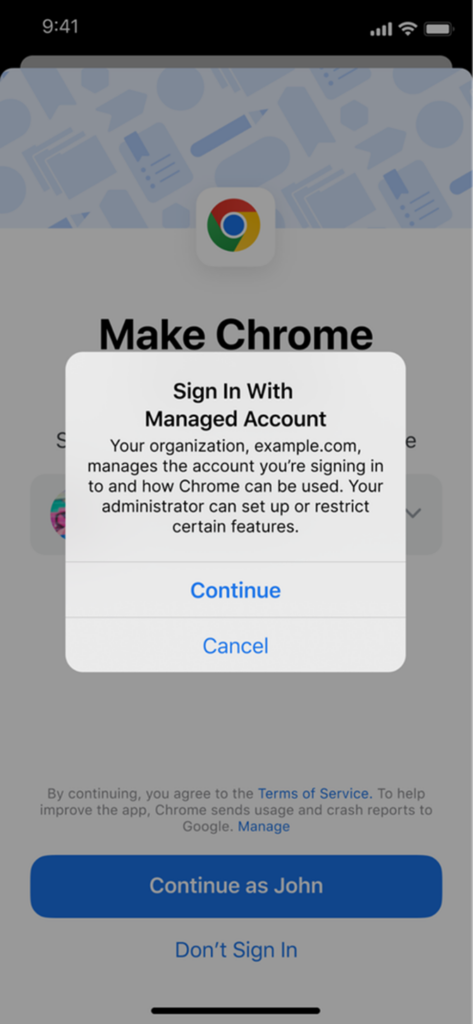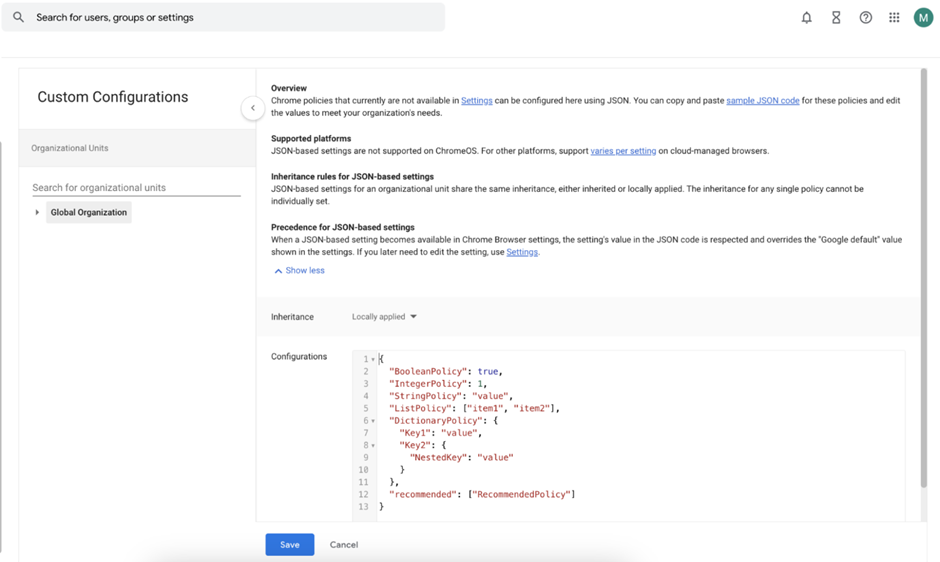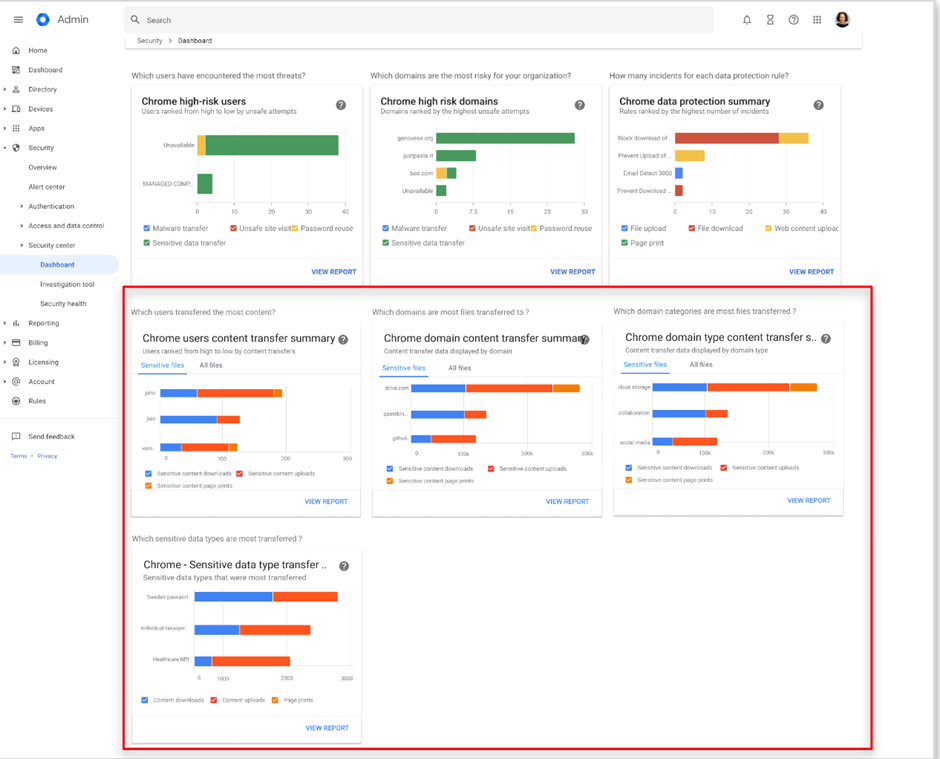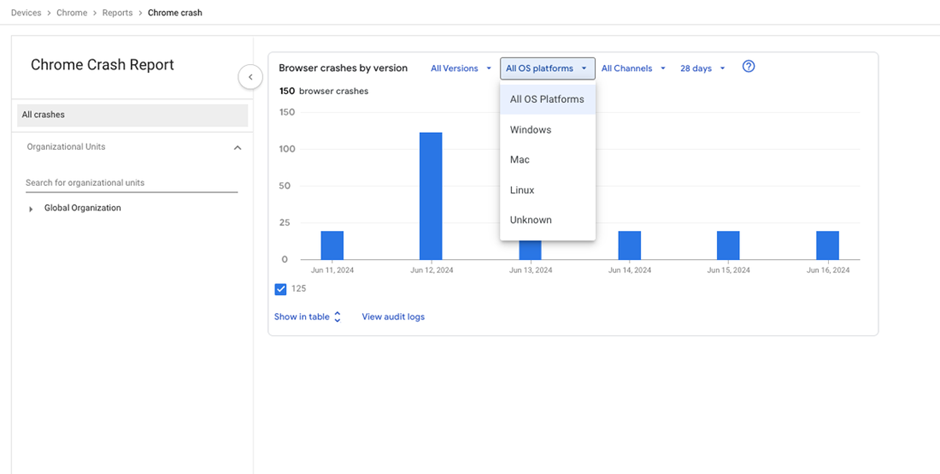Google has unveiled new features for Chrome Enterprise Core, formerly known as Chrome Browser Cloud Management.
As organizations increasingly rely on cloud computing, hybrid work models, and Bring Your Device (BYOD) policies, the need for robust browser management has never been more critical.
This announcement aims to address these challenges by providing IT and security teams with enhanced visibility and control over their browser environments.
The Browser: A Key to Enterprise Productivity
The modern workplace is evolving, with more work being conducted within the browser than ever before.
Research suggests that by 2030, enterprise browsers will become the core platform for delivering workforce productivity and security software on both managed and unmanaged devices, ensuring a seamless hybrid work experience.
Recognizing this trend, Google has developed Chrome Enterprise Core to help organizations maintain a productive workforce while safeguarding sensitive information.
Chrome Enterprise Core: A Comprehensive Management Solution
Chrome Enterprise Core allows IT administrators to configure and manage browser policies, settings, apps, and extensions across multiple browsers from a single console.
This capability is crucial for organizations with diverse operating systems and devices, and it comes at no cost.
The latest update introduces several new features designed to support IT and security teams more effectively.
One of the key enhancements is the extension of policy management to mobile platforms.
Admins can now push policies to users who sign into Chrome on iOS, covering both unmanaged and managed browsers.
This feature is particularly beneficial for BYOD models, as it allows for a clear separation between a managed work profile and a user’s profile.
This capability is also available on Android, ensuring comprehensive coverage across all mobile platforms.

Additionally, Google is launching new JSON custom configurations from the cloud, enabling enterprises to leverage even more policies through cloud management.
This feature allows IT teams to configure any on-prem Group Policy Object (GPO) policy through the cloud, providing greater control over their deployment.

Understanding that every organization has unique needs, Google has introduced more flexible IT management controls.
Organizations can now manage browsers by groups, including multiple groups, and manage at the device and Organizational Unit (OU) level.
This flexibility allows IT teams to apply different policies for various business divisions, geographies, or job roles.
For instance, IT teams can group all Windows devices or all remote developers to apply specific policies.
To facilitate the adoption of Chrome Enterprise Core, Google has introduced new interactive setup guides within the Google Admin console.
Scan Your Business Email Inbox to Find Advanced Email Threats - Try AI-Powered Free Threat Scan
These guides provide detailed instructions on setting up and using the most popular capabilities, offering hands-on training for administrators at any stage of their Chrome Enterprise Core journey.
Insights and Action
Security InsightsA standout feature of the new update is Chrome security insights, which allows Security and IT admins to enable a one-click security event logging analytics tool.

This tool automatically analyzes all sensitive data movement across the organization’s fleet, scanning data transfers against 50 default Data Loss Prevention (DLP) detectors.
It generates reports on activities such as users with high content transfer, domains with high content transfer, and the most common sensitive data types.
This feature provides increased visibility and insights into potential data exfiltration and insider risk threats.

Currently available for Workspace Enterprise customers, Chrome security insights will be accessible to all Enterprise Core users in July.
Another valuable addition is the availability of crash reports, which give IT teams insight into crash event trends and allow them to analyze potential browser issues proactively.
This feature helps IT teams respond quickly and troubleshoot problems to minimize end-user disruption.
Crash reporting can be visualized by Chrome version, OS platform, and channel, and is available to all Chrome Enterprise Core users in the “Chrome browser > Reporting” section of the Google Admin console.
Google has introduced a new Inactive Browser Deletion Policy to support data hygiene efforts.
This policy automatically deletes inactive browser information from Google servers after a specified period, giving IT teams time back and ensuring data hygiene.
Google’s latest enhancements to Chrome Enterprise Core demonstrate its commitment to providing IT and security teams with the tools they need to manage and secure their browser environments effectively.
With extended policy management, more flexible IT controls, and insightful analytics, Chrome Enterprise Core is poised to become an indispensable tool for organizations navigating the complexities of modern work environments.
For those not yet using Chrome Enterprise’s cloud management tool, now is the perfect time to get started, as it is free. Happy browsing!
Free Webinar! 3 Security Trends to Maximize MSP Growth -> Register For Free
.webp?w=696&resize=696,0&ssl=1)


.png
)
